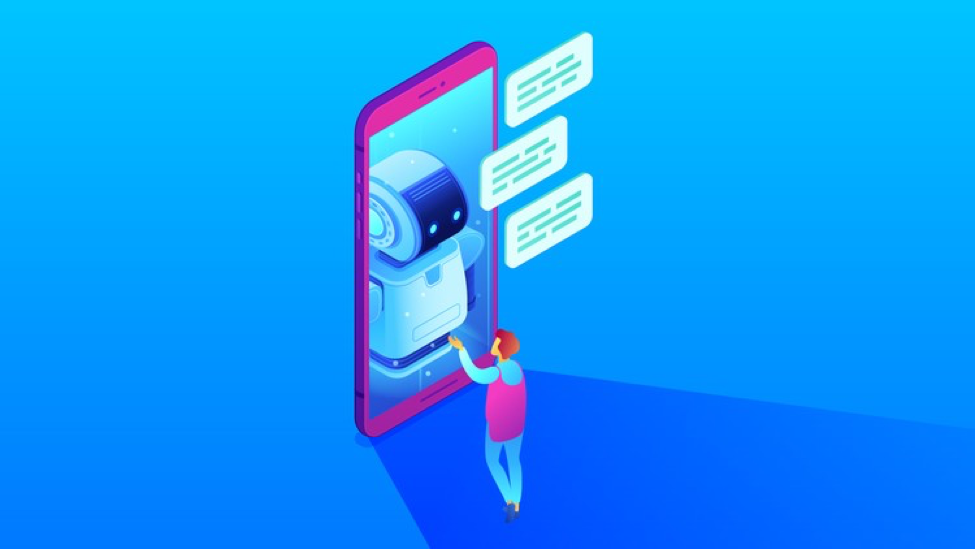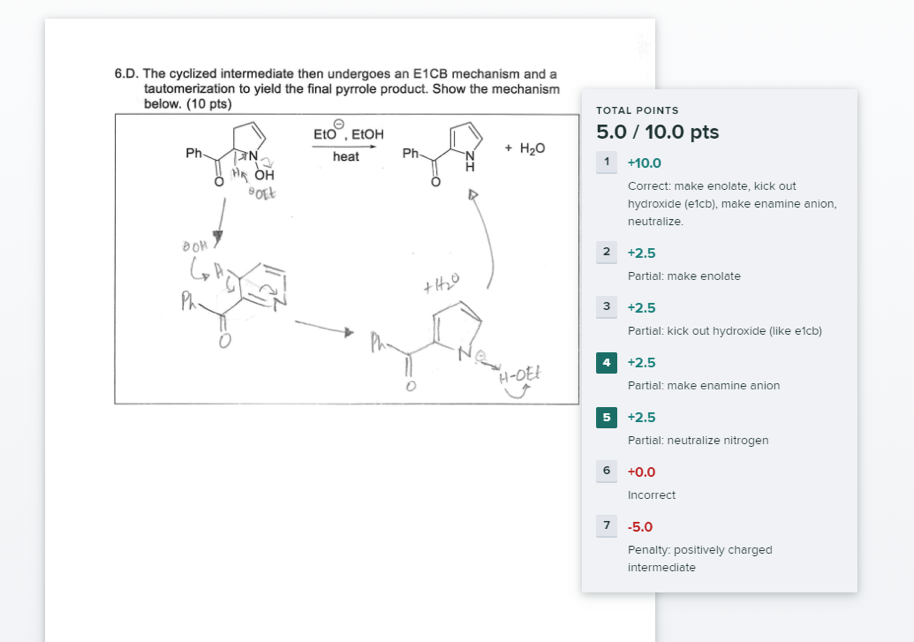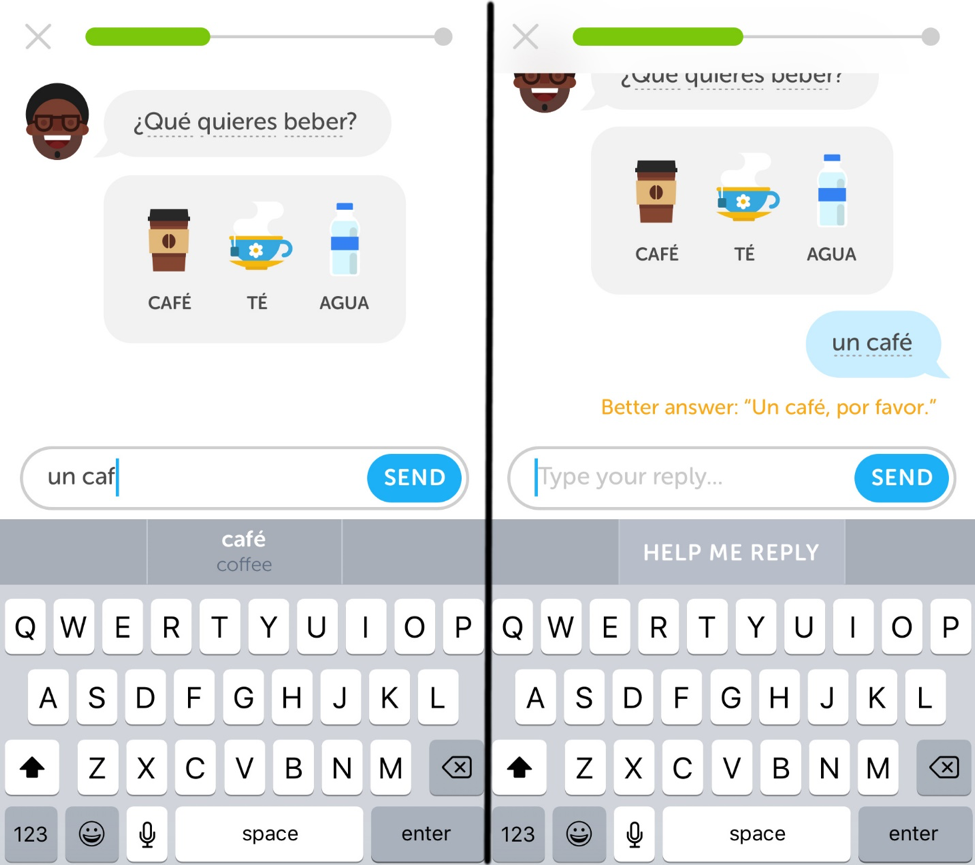
AI is classroom reinvented. It is the natural next step from traditional whiteboards, attendance checklists and slides presentation. Long gone the day of heated controversies whether AI should be implemented or not, since AI-empowered bots and virtual instructors may render human teachers pointless. Thanks to its immense advantages and efficiencies, AI technologies have widely opened their way into classrooms. According to a study conducted by eSchool News, by 2021, the application of AI in education and learning will be increased by 47.5%. Let’s examine some of the most prevailing applications of AI in education as well as a few success cases to validate this trend.

Performance evaluation & reporting
Did you know that nearly half of a teacher’s time, on average, is spent on evaluating test results, giving feedback, and in many cases analyzing and reporting student’s performance? Imagine this amount of administrative work is leveraged so that teachers could devote all their time to what they should be doing, which is giving classes and supervising students.
Before AI, the most nontrivial application of technology we have seen so far, in the space of test evaluation, revolves around quizzes (where questions are in the form of multiple choice options). The grading logic can be efficiently solved with basic programming concepts. How about open questions, essays, diagrams, drawings, code, or whitepapers? Teachers/lecturers have no choice but to assess the works one by one, and providing feedback for each. This is where AI comes in.
Take Gradescope, an emerging algorithm and AI-based test evaluation tool, as an example. Similar to most currently available AI-based tools, Gradescope is equipped with the ability to read and analyze answers in forms other than multiple choice questions. It then automatically compares the digitalized results to the correct answer and assigns the point value predetermined.

In case the AI fails to perceive the answer, it usually alerts the teacher and requires manual review. (Source: Gradecam)

What’s more interesting is that these AI-based tools can:
- Provide feedback to student on a granular level, showing them where they have done wrong and potential improvements. This does not only save the evaluator’s time but also improves the overall quality of the feedback.
- Provide per-question and per-rubric statistics to help teachers and upper managers to understand how students are doing.
Personalized learning with instant feedback
We all have been in that kind of class where the curriculum and teaching speed are geared towards the 80% majority of students. There is always a group of 10% top performers for whom the lessons are a bit slow for, and 10% of the students struggling to follow along. In a traditional education, teachers usually alleviate this imbalance by supplying top students with extra chores and research work, while providing strugglers with after-school one-to-one mentorship. However, this might not always be the case.
AI has come a long way in providing a granularly personalized learning experience for students worldwide. Chatbots are among the most prominent applications. Enabling students to learn at their own pace, these applications help students to exploits their utmost potential, while also providing sufficient assistance (in the form of tutorials, hints, and instant feedback) for those who need.
Let’s look at the popularly trusted Duolingo Chatbot as an example. Having gone far away from traditional, limited quiz apps, this chatbot is efficiently integrated with AI algorithms, which helped the bot to understand the input from user with full context, and in turn, respond with context. (Source: polyglotkent.com)

Not originally native to Duolingo, the idea of bots that are capable of language processing dates back to the 1950s. In the 21st century, these bots grew highly popular and are tied closely to big tech companies, such as Siri (2010), Google Now (2012), Alexa (2015), and Cortana in (2015). Duolingo Chatbot was an innovative attempt in employing the AI technology specifically to facilitate learning. It has emerged has probably the most prominent chat bot platforms for education around the world.
Humbly started with just four languages: English, French, Spanish and German, Duolingo Chatbot is now capable of conversing in up to 23 languages nowadays. That is also the great thing with AI: it keeps learning.
Related posts:
- Future of Work: Time to Marry RPA with AI
- How AI is Shaping the Healthcare Industry (with Practices)
- How Artificial Intelligence is Changing the Face of SaaS
Virtual facilitators
While many AI platforms is designed specifically for automatic grading and feedback, there are several classroom systems where the entire learning and teaching experience revolves around an AI-based teaching assistant.
Apart from test grading, these virtual assistants can do so much more:
- Checking student attendance
- Automatic slides and visuals help
- Monitoring classroom behaviors
- Proctoring
- Designing & distributing customized exercises
Especially help teachers to prepare a lesson plan tailored to each student. Another feature would be exploiting data mining to detect from test results the areas that students struggle with the most, then calling for focus from teachers and suggesting possible improvements in these sections of the lecture.
Back in 2018, China tech firm NetDragon launched an education solution based on an AI system that collaborates with human teachers. This AI system leverages most of the aforementioned technologies to immerse students and teachers in a fully exploited “Intelligent Classroom”. (Source: prnewswire.com)

For more interesting technology reading, click here to explore!































